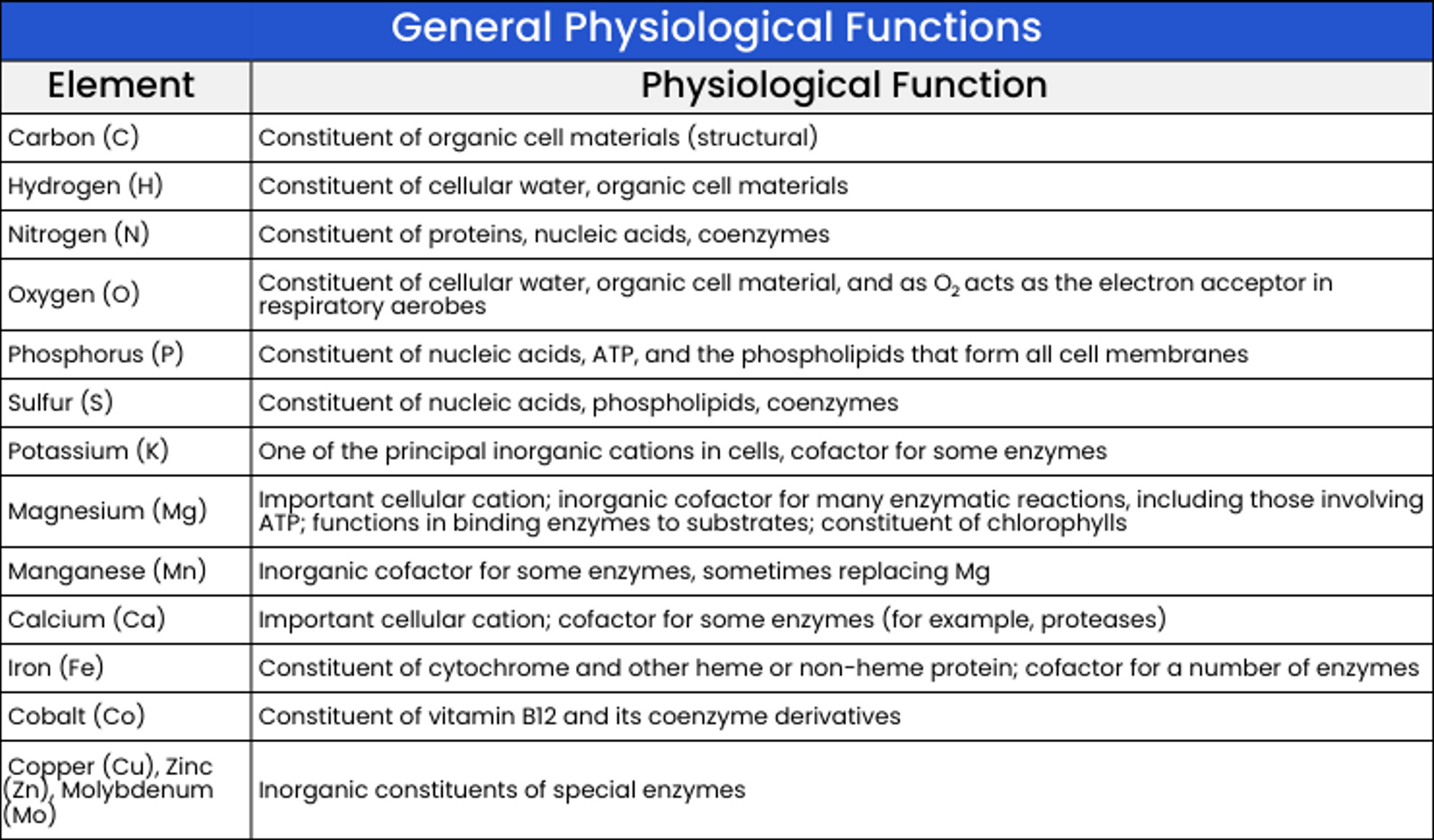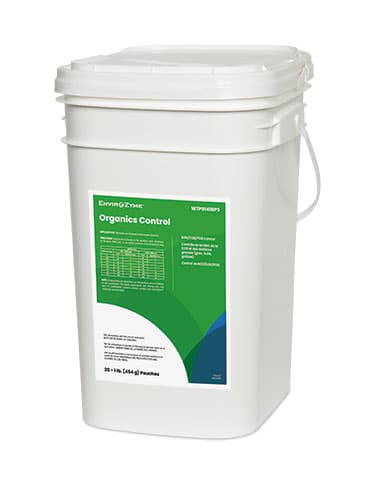
The Delicate Balance of Nutrients in Wastewater
It is crucial for wastewater treatment plants to have a perfect balance of nutrients, or else it can be harmful and impossible to achieve optimal efficiency. Continue reading to learn more.
Nutritional Requirements
In a conventional aerobic wastewater system, where oxygen is not limited, the nutritional needs are a source of carbon (C), nitrogen (N), and phosphorus (P) in the ratio 100 (C): 5 (N): 1 (P) and trace minerals. Each of the elements are important for a healthy population, and these requirements must be met. The nutritional requirements for bacteria are essentially the same as the elemental composition described below.

Each element within a bacteria cell has a specific physiological function.

Microorganisms bring organics and nutrients into their cells in order to take advantage of their nutritional value. The microbial cell membrane can only allow small molecules through. As a result, the larger organic material may need to be broken down outside the cell. This is performed by hydrolytic enzymes. The cell will secrete specific enzymes to break these molecules down to a size which can be taken into the cell via membrane-bound enzymes.
For example, bacterial cells will secrete lipases to break down large fat molecules into smaller fatty acids which can then enter the cell. Once inside the cell, intracellular enzymes can then be utilized to further break down or convert the molecules to usable substances for metabolism. Of the enzymes that are produced by microorganisms, only about 3% are secreted outside of the cell.
Macronutrients and Micronutrients
The microbial cell is made up of several elements, including carbon, oxygen, hydrogen, nitrogen, sulfur, phosphorus, potassium, calcium, magnesium, and iron, known as macronutrients. These elements are required in high amounts by the microbes. More specifically, carbon, hydrogen, oxygen, nitrogen, sulfur, and phosphorus are the major elements required for carbohydrates, lipids, proteins, and nucleic acids.
Elements required by microbes on a small level are known as micronutrients, or trace elements. Micronutrients include manganese, zinc, copper, and molybdenum. These elements are not essential for microbe growth but are involved in several biological functions.
Nutrients are necessary for microbial growth and play a vital role for proper growth.
Source of Nutrients
All cells require carbon source, source of energy, and a source of electronics or hydrogen atoms. “Heterotrophic” and “autotrophic” are used to characterize the type of nutrition of microorganisms and where the microorganisms get their carbon.
- Heterotrophic refers to microorganisms that depend on organic material supplied by the environment for the carbon source
- Autotrophic refers to the nutrition of microorganisms that depend on inorganic sources of carbon
In wastewater applications, nitrifiers and sulfur oxidizers are 2 types of autotrophs, but both terms solely refer to the source of carbon.
Microorganisms need energy for maintenance of cellular structure, growth, and mobility. This energy is obtained through electron transfer processes. Through its cellular machinery, the microorganism oxidizes organic or inorganic substrates (autotrophs) to generate energy through an electron transport chain. The final result is the electron, which can be donated to an electron acceptor. During this process, the electron donor is oxidized, and the electron acceptor is reduced. The most prevalent type of organism in conventional wastewater applications are “chemotrophs.” Chemotrophs get their energy from the oxidation of organic or inorganic compounds. Organisms like algae and plants, that get their energy from photosynthesis, are called “phototrophs.”
Oxygen availability is another factor in growth. Microorganisms can be classified by their ability to utilize oxygen as follows:
- Aerobe – Can exist only when there is a supply of molecular oxygen
- Anaerobe – Can exist only in an environment where there is no oxygen
- Facultative – Can exist in an environment with or without molecular oxygen
Wastewater systems can be designed to utilize all 3 types of organisms above, depending on the treatment goals. The conventional wastewater treatment system is primarily aerobic.
Other Requirements
In addition to chemical nutrients, organisms have physical requirements for growth:
- Temperature: Proteins and lipids are temperature-sensitive, so different temperatures have different effects on the survival and growth rate of microbes. Click here to learn more about how temperatures affect the functionality of a wastewater plant, especially in the cold weather months.
- pH: Organisms have ranges of acidity they prefer and can tolerate.
Nutrient Balance
When it comes to wastewater treatment and nutrients, balance is key. Too many nutrients will harm the body of water the wastewater is discharged into. The process of eutrophication will begin, causing the growth of algae, which will spread and turn the water green. Algae harms aquatic life in freshwater and saltwater.
A lack of nutrients will inhibit the treatment system biology and degrade the effluent quality. Biological deficiencies in treatment plants result in noncompliant effluent and proliferation of nuisance organisms that complicate plant operations and aesthetics.
Organics Control
Organics Control is a highly effective blend of microorganisms and nutrients designed for general, all-purpose organics reduction in municipal and industrial aerobic wastewater systems, lagoons, and other various wastewater system designs. Add the product directly to the aeration basin, separator, or any point upstream of the treatment area to generally increase nutrients in daily maintenance or to regain control in upset situations. It can also be paired with products such as Odor Control or Rapid Release FOG Blocks in situations where difficult conditions demand a more complex solution.


